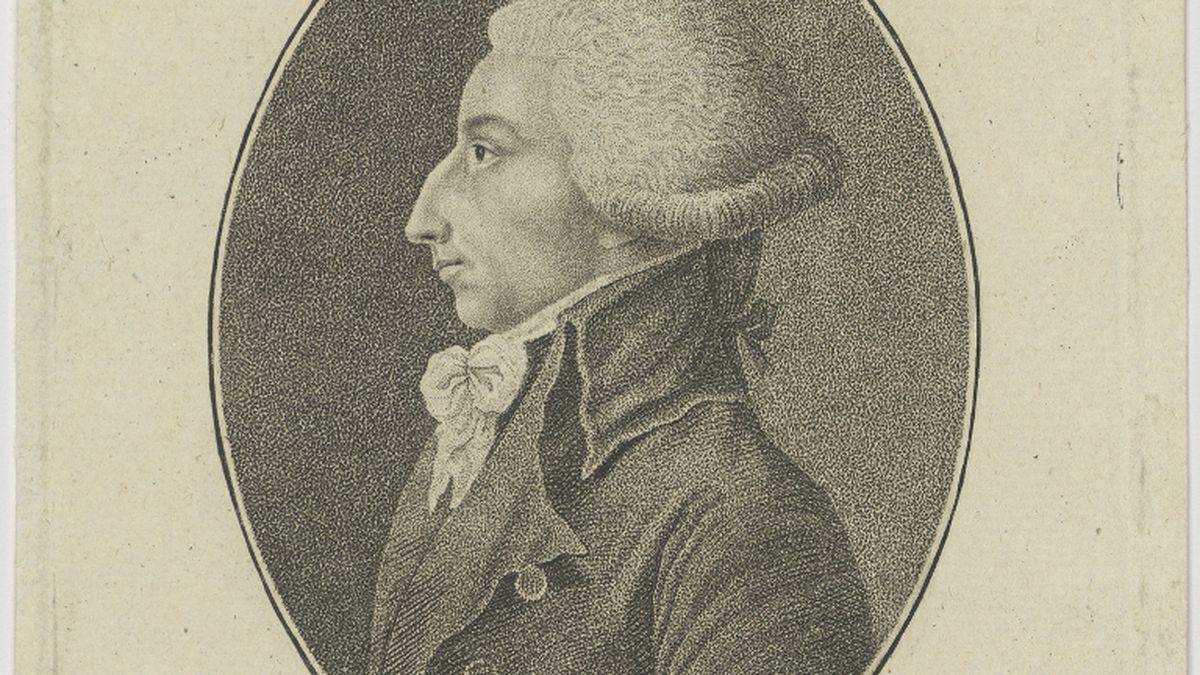Mystery in Saint-Fargeau castle: where's the dead's portrait?
 M. Le Peletier | ©Public domain
M. Le Peletier | ©Public domainThis is your reward
In the beginning of the 18th century, the family Le Peletier turned up. Among them, a pretty famous chap… Who? Louis-Michel Le Peletier de Saint-Fargeau, president in the parliament of Paris, deputy of the nobility, elected to the French National Convention.
A regicide deputy! He voted Louis XVI’s death… Ah, he was born in an old and important noble family: Louis-Michel, when the French Revolution came, felt the wheel turning, so he became a republican…
But the day after the king’s sentence to death, Louis-Michel was murdered in Palais-Royal in Paris, by an old king’s bodyguards, who yelled at him: “This is your reward…”
Louis-Michel was buried in the castle’s chapel then his body was translated in the Panthéon (Paris).
A gory Le Peletier
A gossip says a painting from the famous painter Jacques-Louis David was walled up somewhere in the castle, in 1825...
French writer Jean d’Ormesson (descendant of Le Peletier de St-Fargeau family) wrote a lot about it… why?
Because of the mystery of this strange painting who represented… Louis-Michel Le Peletier, dead on his bed, with a gory sword above him.
The day after Le Peletier’s death (he was considered like the “first martyr of the Revolution”), they displayed the painting in the National Convention hall.
David, after the Revolution, took his painting and hid it in his studio. Napoleon became emperor, and he became his official painter.
Then when Empire collapsed, they exiled David in Brussels… always with his painting under his arm!
The shame walled-up
But meanwhile, Le Peletier’s only daughter destroyed every things referring to her regicide daddy!
She was a proud royalist, so, what a shame… She even disowned her name and took the one of her cousin, Mortefontaine.
She bought everything, letters, books, everything concerning her father… to destroy those damning proofs…
But one piece lacked: the painting! David never sold it, but his heirs weren’t sharp customers and sold it.
The legend says Louis-Michel’s daughter didn’t destroy the painting, but walled up somewhere in the castle, during its restoration. But of course, we don’t know where!


